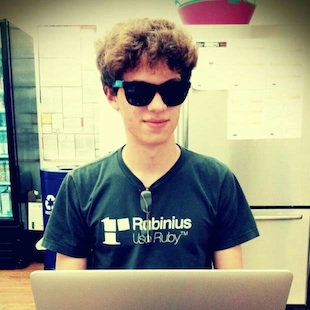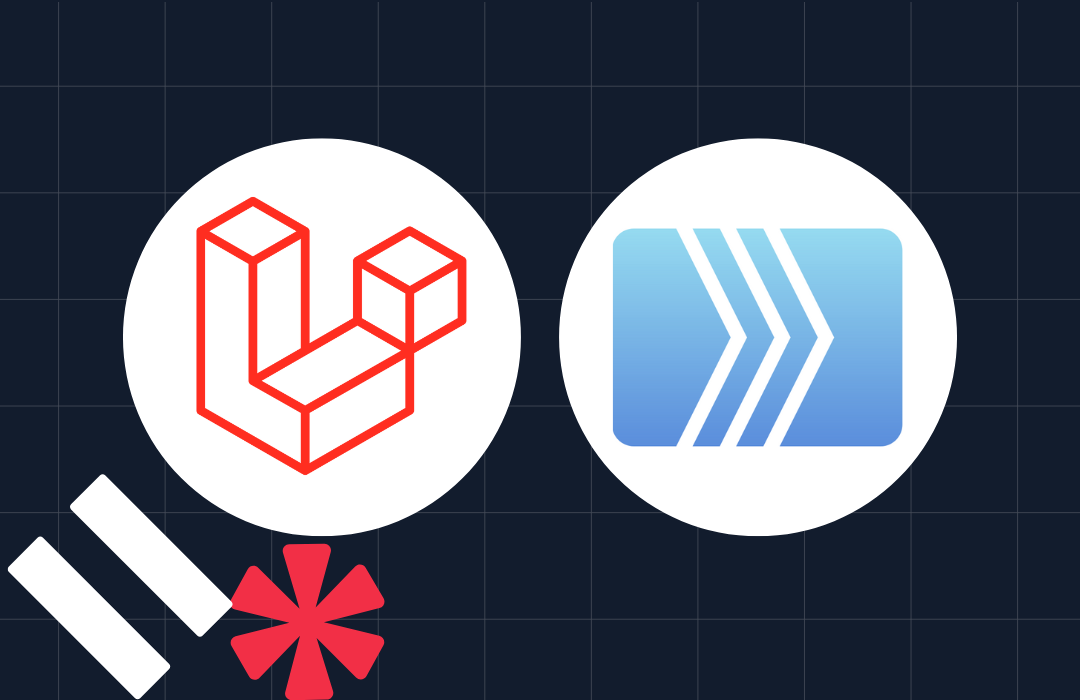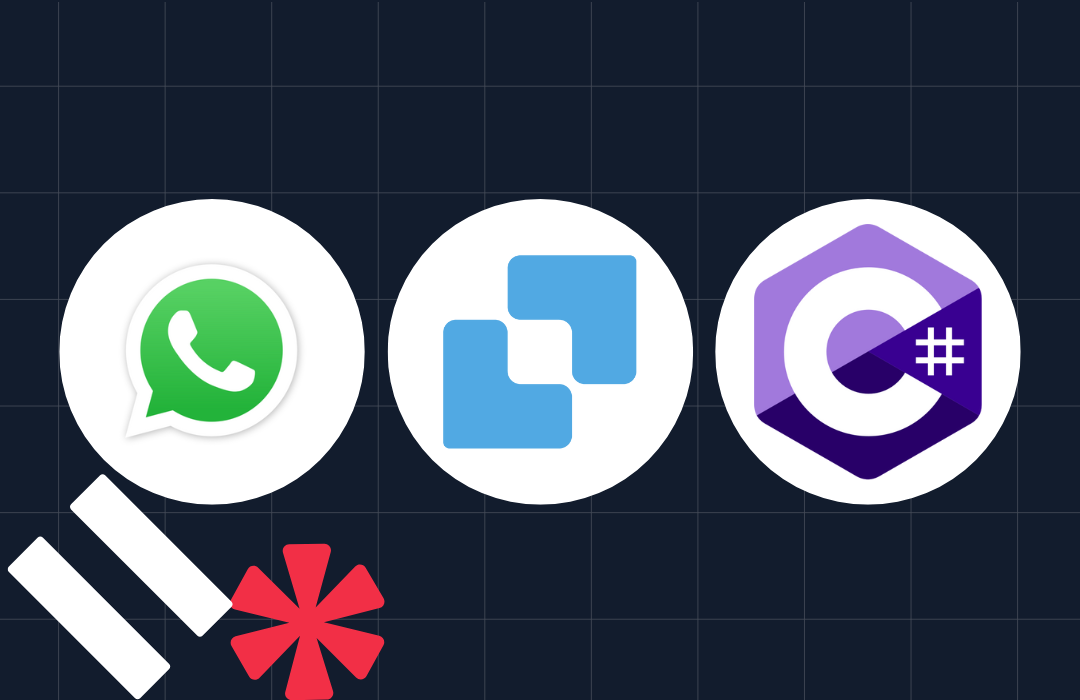DOers In Action: Alexander Kern, from Startups to Space Tech
Time to read: 4 minutes


Some fourth graders play with action figures, some trade baseball cards, and some writePHP script. Alex Kern was one of those fourth graders.
Alex Kern is originally from West Los Angeles, and taught himself to code at an extremely early age. His scope of interests then widened to include robotics, jet propulsion, startups and, of course, hackathons. From startups to space tech, Alex is clearly eager to learn.
I first met Alex when he was touring the Twilio offices with fellow coder, Eva Zheng. Alex was fresh off the Hack for Change hackathon and a few weeks away from starting college at UC Berkeley. We talked about all things from his first line of code, to NASA’s Mars Science Lab to his team’s Twilio-powered app, Blastee.
What is your background in coding and when did you start?
I started programming at 9, when I taught myself PHP from a book that I found in a book store. From there, I learned C, then Java, then Ruby. I did my own little pet projects until I joined my high school’s FIRST robotics team in 8th grade as the lead web developer and robot programmer. I accepted my first job at an LA-based web startup in my sophomore year. That same year, I was offered an internship at NASA’s Jet Propulsion Laboratory to work on the Mars Science Laboratory, better known as Curiosity. I helped test the rover’s motor control system, verifying that it met the long list of specifications. The following summer, I returned to JPL in a different division, where I developed a novel big data storage and backup solution for JPL.
Where are you a student? Do you work for a startup? (Obviously, the two are not mutually exclusive)
I’m going to be attending UC Berkeley as a freshman in a couple days. I currently do not work for a startup, and I’m trying to focus on open source work for my freshman year of school.
What has been your favorite hackathon you’ve attended this year?
I’ve only attended one, so Hack for Change!
At Hack for Change, you created an app called Blastee. What is Blastee and how does it work?
Blastee helps anyone in an emergency to alert and get help from pre-selected contacts with the touch of a big red HELP button. Each of your contacts will then be notified of your location and need. Once they agree to help you, Blastee will instantly connect you with that person, and even text them your location.
So, the app calls all your contacts to increase the likelihood someone can help you, and has that person who can help confirm their responsibility as well?
Yes, exactly. Once you click the big red HELP button, Twilio will call each of your emergency contacts simultaneously, and the first one that accepts your request will instantly be connected with you. This means that the time you would have taken to call each one individually is shrunk down to the same time required to call only one.
Why did you include this additional step of pressing a number to accept responsibility, as opposed to just calling all contacts and including a location via SMS?
We included that additional step so that the emergency contact can hear the most important information (the caller’s name and location) immediately. It also prevents people from being connected to an emergency contact’s voicemail. In the future, there may be a setting so that the user can opt out of this additional step. We used TwiML to script the calling and texting process.
What’s the backstory of your project?
Blastee was inspired by a similar idea called Dependable Ride from members of my robotics team. Their names are Raj Vir, George Qiao, Cole Hackbarth, Ronit Kumar, Udit Manocha, and Eileen Kahn.
My team came to Hack for Change without a clue about what we were going to build. We began brainstorming, thinking of serious issues in today’s society, and came up with the idea of doing something about drunk driving. We realized that most people don’t have a particularly easy way to contact their close friends and family if they’re in need of help, and the idea behind Blastee appeared to be a perfect solution.
What other technologies are you using to build/support it?
We’re using Ruby on Rails, Heroku, and Google Map’s geolocation API to run the service.
How did you get started developing with Twilio?
This was actually my first time using Twilio. Eva Zheng, one of my other team members, had previously used it at a hackathon and implemented most of the Twilio-related code. I have to say, I was absolutely blown away by the API.
How was the experience of integrating Twilio with your chosen tools and technologies?
It was unbelievably easy. We did most of the initial development on a temporary Sinatra application, and moved it over to Rails about mid-way through the hackathon. We didn’t have to change any of the Twilio code in the process. However, making the transition dead-simple.
What are your future plans for the product?
We’re not sure yet, but we may create a native mobile application. We’ve also been considering adding a subscription fee.
Check out Alex on GitHub, Twitter, and read his blog. Keep up with this team Eva Zheng, Fong Chin and Bill Ma.
Related Posts
Related Resources
Twilio Docs
From APIs to SDKs to sample apps
API reference documentation, SDKs, helper libraries, quickstarts, and tutorials for your language and platform.
Resource Center
The latest ebooks, industry reports, and webinars
Learn from customer engagement experts to improve your own communication.
Ahoy
Twilio's developer community hub
Best practices, code samples, and inspiration to build communications and digital engagement experiences.


